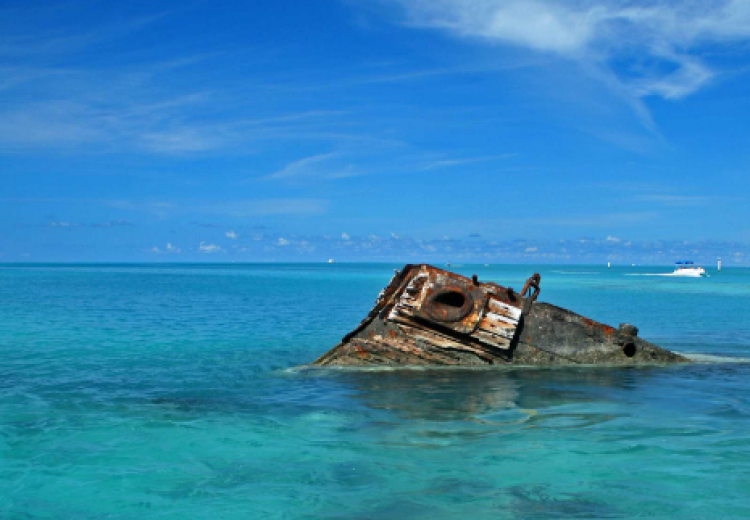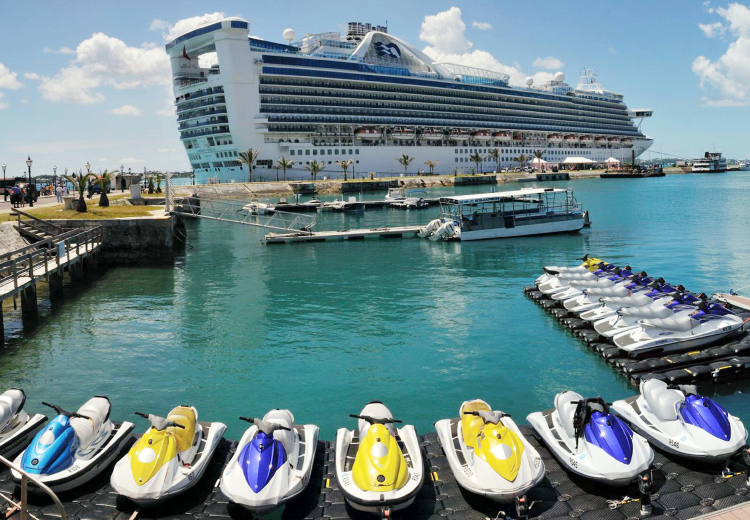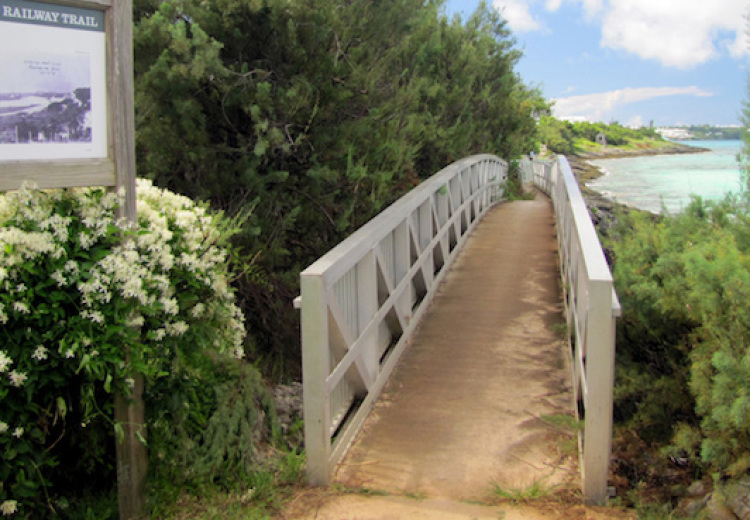One of the greatest attractions for tourists and divers in Bermuda are the wide range of colorful coral reefs that can be seen surrounding the island. Corals are marine invertebrates that feed on plankton, small fish, and mostly algae. Bermuda has some of the northern most reefs in the North Atlantic and many being quite large in size. Corals require temperatures between 76-85F to survive and fortunately the nearby Gulf Stream keeps the water around Bermuda warm and clean which is why the reefs in Bermuda continue to thrive.
Coral secretes a chemical called Calcium Carbonate, which then takes the form of limestone forming the coral reefs. Over time when millions of corals keep adding to the limestone rocks, it forms size and shape of a massive coral reef, but the process takes many years.
There are three types of Coral Reefs in Bermuda, Lagoon Reefs, Rim Reefs and Terrace Reefs. Lagoon Reefs are found in the water that immediately surrounds the island and also form in the inshore water areas. The waves are low here and the water is relatively calm. The reefs here have depths ranging from 10 – 20 meters. Due to the silt, the bottom of the ocean floor here in sandy leading to lower visibility. Corals in the Lagoon Reef area include soft corals like Sea Rods, Sea Fans and branching corals.
Rim Reefs form a rim around the boundary of the lagoon water area, hence the name. They have an average depth of 2 – 10 meters and they are massive in size and usually consist of hard corals like Brain and Star corals. They have a high visibility compared to Lagoon Reefs. The North Rock, the largest reef of Bermuda is part of the Rim Reefs.
Terrace Reefs, the outermost reef system and comprise mainly Brain and Star corals have extremely clear visibility.
Coral Reefs are seen as an advantage for the island. They act as a barrier and protect the island against heavy wave actions and the reefs are a hot spot for various marine creatures and fish, many of which have commercial value.
The Best Bermuda Fish Chowder Recipe
Fish chowder is an iconic Bermuda dish...here's how to make it!







